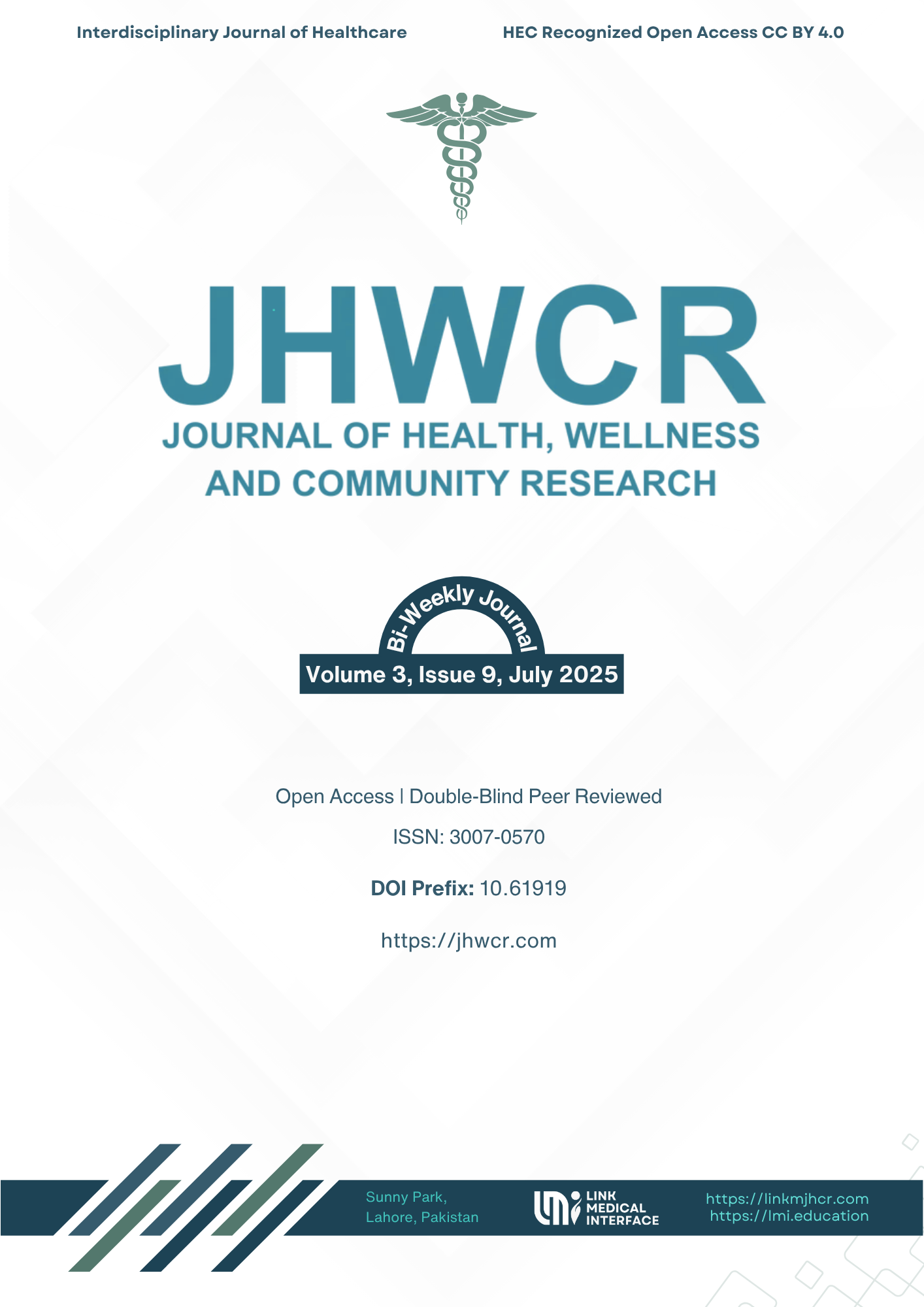Comparative Efficacy of Blood Flow Restriction Training and Traditional Resistance Training in Post-Surgical Muscle Hypertrophy and Strength Recovery: A Narrative Review
DOI:
https://doi.org/10.61919/9f8shd25Keywords:
Blood flow restriction, resistance training, post-surgical rehabilitation, muscle hypertrophy, ACL reconstruction, total knee arthroplastyAbstract
Background: Post-surgical muscle atrophy and delayed strength recovery are common complications following orthopedic procedures such as anterior cruciate ligament (ACL) reconstruction and total knee arthroplasty (TKA). High-load resistance training (HL-RT) is the conventional strategy for restoring muscle mass and function; however, early postoperative application is often limited by pain, inflammation, and mechanical loading constraints. Blood flow restriction (BFR) training has emerged as a low-load alternative capable of eliciting comparable hypertrophic and strength adaptations without imposing excessive stress on healing tissues. Objective: To compare the physiological mechanisms, clinical outcomes, safety profiles, and integration strategies of BFR and HL-RT in post-surgical rehabilitation. Methods: This narrative review synthesized findings from randomized controlled trials, meta-analyses, and clinical guidelines published between 2019 and 2024, focusing on muscle hypertrophy, strength recovery, functional outcomes, and adverse event profiles associated with BFR and HL-RT in post-surgical populations. Results: BFR demonstrated comparable effects to HL-RT in preserving muscle mass and enhancing early strength in patients undergoing ACL reconstruction and TKA. BFR was associated with reduced pain and higher adherence in early rehabilitation phases. HL-RT, while more effective for long-term strength development, is better suited for later-stage recovery. Both modalities, when appropriately phased, contribute significantly to functional restoration. Conclusion: BFR is a safe and effective early-phase intervention in post-surgical rehabilitation, offering clinically meaningful benefits when HL-RT is contraindicated. A phased, evidence-based integration of both modalities optimizes outcomes and accelerates functional recovery.
Downloads
Published
Issue
Section
License
Copyright (c) 2025 Muhammad Khizer Hayat, Saleh Shah, Muhammad Naveed Babur, Zaib un-Nisa, Haroon Ahmed Sarwar, Makhdoom Muhammad Hamza (Author)

This work is licensed under a Creative Commons Attribution 4.0 International License.


